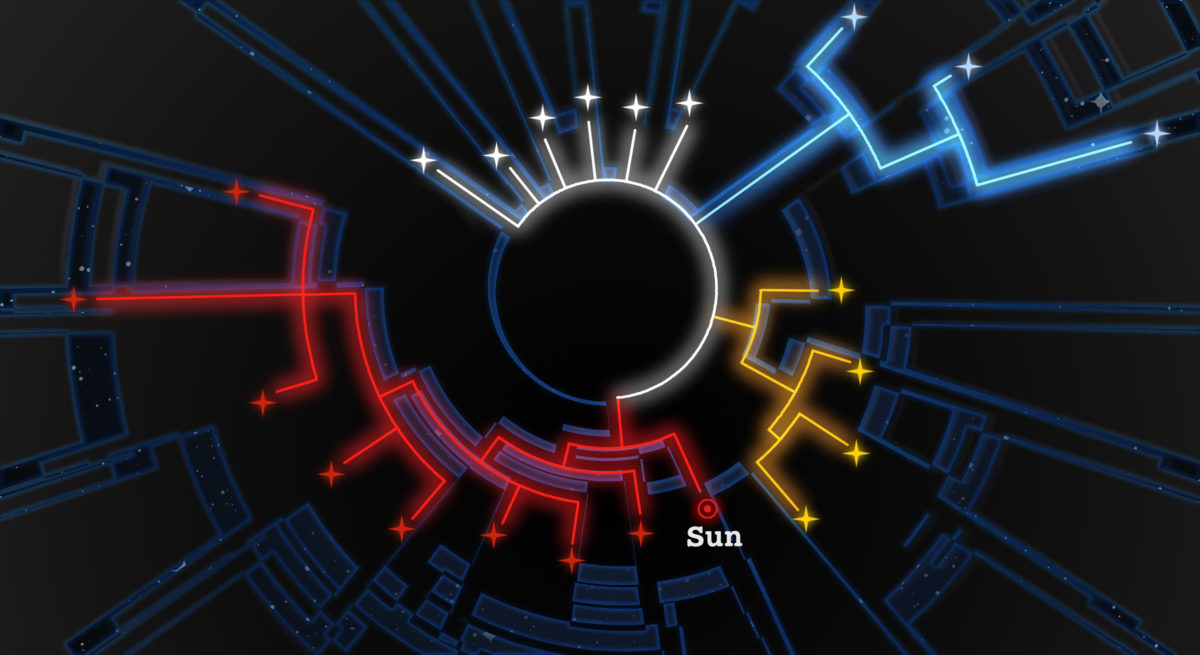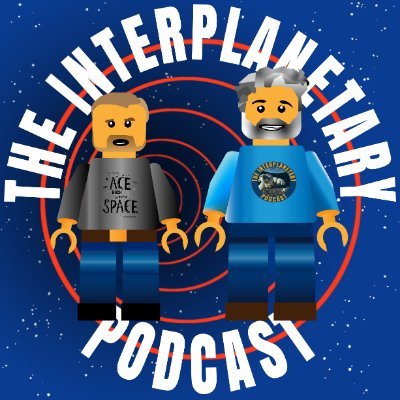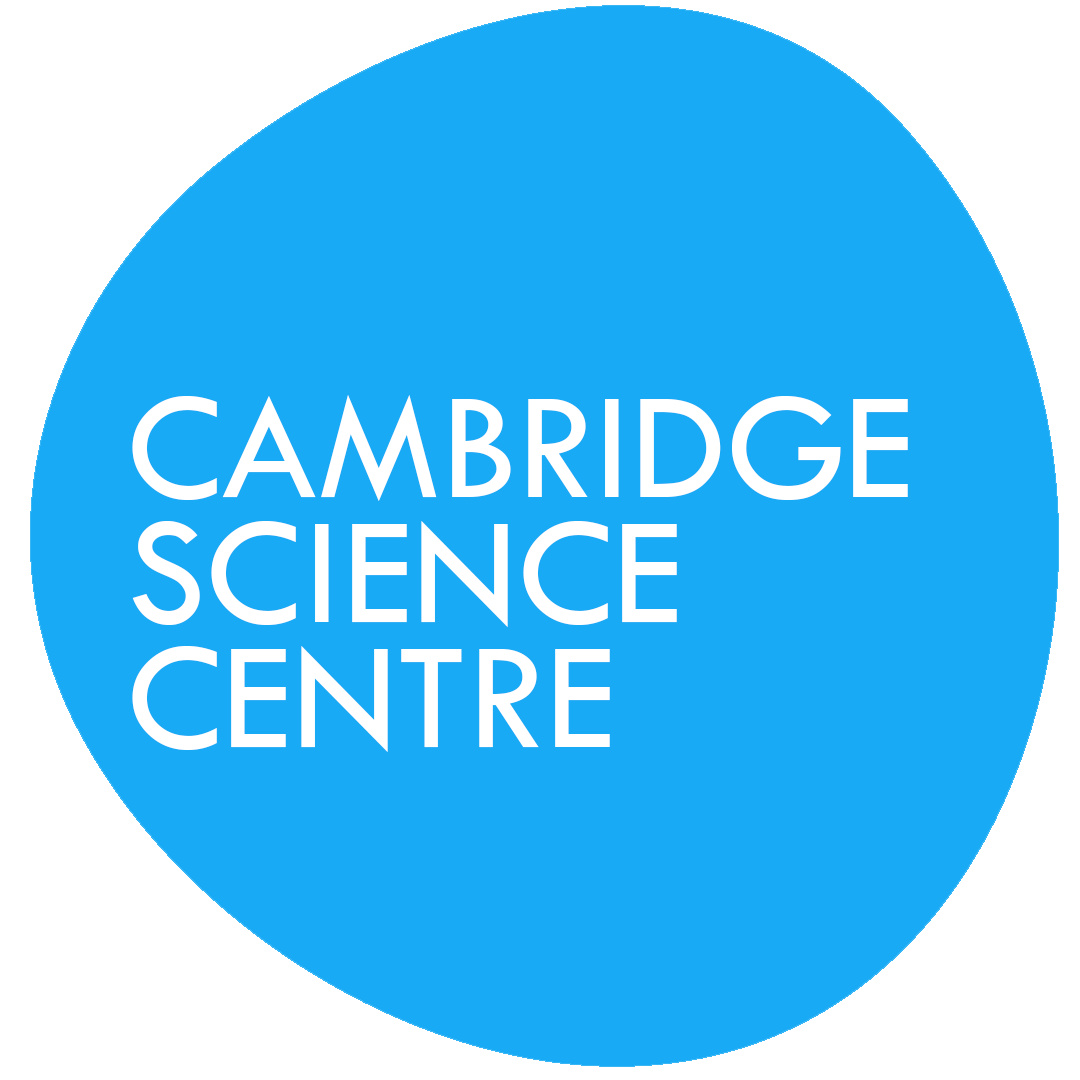Chemical elements that make up our bodies and everything around us were made in stars. A star is born once it starts to shine, a process triggered with nuclear fusion in its core. This fusion produces heavier elements. The more massive the star, the heavier the elements it can fuse and produce.
A massive star burns up its fuel by cooking heavier and heavier elements up the periodic table to iron. An iron core, however, is unstable because it can’t support the gravity of the outer layers. Thus it collapses, releasing a massive amount of energy and neutrons. Neutrons quickly get captured by the different nuclei produced during the star’s lifetime. This ‘capture’ creates even heavier elements and the entire energetic process destroys the star through an incredible supernova.
The stellar generations
What remains is the star’s material, a diffuse gas in the interstellar medium rich in freshly cooked chemical elements. Given time, the gas collapses again and forms a new generation of stars. This new generation is chemically richer than its predecessor, and contains stars which again will cook heavy elements and donate them back to the interstellar medium via the energetic sacrifice of the supernova.
The first generations of stars in our Galaxy were born 13 billion years ago. About 50 stellar generations had already passed by the time the Sun and its siblings were formed. Each of these generations has small stars like the Sun which live very long. Because they’re long-lived their atmospheres encode the pristine chemical makeup of the gas cloud from which they formed. This makes them “fossils” that hold information about their ages and locations in the Galaxy through the science we now call Galactic archaeology.
I am a scientist who measures chemical elements of stars to answer questions about how our Galaxy formed and how it evolves. In 2013, I moved to Cambridge to work on a project called Gaia-ESO, which determines the chemical make-up of thousands of stars.
The First stellar tree
I became a member of King’s College in 2016, where I met Rob Foley, a biological anthropologist who investigates phylogenetic trees as tools to study evolution. I realised that in Galactic chemical evolution we do not use these tools but perhaps they can help us understand the stars. That was when Rob and I embarked on a thrilling adventure trying to explore this idea.
We soon figured out that what connects one stellar generation to another is the chemical composition. It is in a sense a stellar DNA, because one generation inherits the chemical makeup of its predecessor, plus whatever new products it creates. And just like DNA, this information is passed from one generation to the next. This is when we realised that we can indeed build phylogenetic trees of stars to understand the chemical inheritance between stellar generations.
With colleagues in Barcelona and Oxford, we applied phylogenetic tools on a star sample and created the first stellar tree. This tree allows us to classify the stars according to their chemical pattern and understand their relationships and shared history. The tree turned out to have three main branches. This meant that we had three different stellar families in our sample. Knowing the stars’ movements and ages, we identified one branch as stars that originated in the thick disc of the Milky Way. The second is stars from the thin disc. The third branch holds a mystery. We had discovered something new whose nature remains to be unveiled. These could be stars born much closer to the centre of our Galaxy and then migrated to our neighbourhood. They could even be of extragalactic origin. At the moment we can’t tell. We need more stars, more chemical elements or more methods to build trees. The future looks very exciting.
I am now a professor of astronomy at Universidad Diego Portales in Chile. I have been successful in obtaining financial support from the Chilean government to continue these investigations.
A stellar recognition
The first to postulate that chemical elements are stellar DNA were Ken Freeman and Joss Bland-Hawthorn in 2002. I was thrilled to meet Ken at a conference in 2017. You can imagine how proud I was to present the first stellar ‘tree’, newly published and getting a lot of attention. Ken’s encouragement and positivity were key for me to pursue my idea against those who superficially dismissed it on the basis that “the evolution of the galaxy is not driven by stars breeding”.
Ken then nominated me to be one of the Scientist-to-Watch in 2018 by Science News. I was selected among more than 60 young scientists nominated by Nobel laureates and members of the National Academy of Sciences. It is an honour to receive such recognition and for my scientific theories to be regarded as revolutionary. This assures me that I can trust my instinct to understand nature and our Galaxy. Being the first Latin-American woman to be awarded such international recognition has also been the pride of my country, Chile, who recently named me as one of the 100 women leaders in 2018. This is very important to me because we need support to invest in science, and even more so for women scientists.
Big discoveries come accompanied with big lessons. I learned that beyond the technicalities of the ‘how’, it’s most important to find the essence of the ‘why’. I hope my work inspires others not to get trapped in people’s opinions and that by anticipating failure one may miss the opportunity to score big wins.
Darwin was revolutionary in his idea of connecting all living beings on Earth in the Tree of Life. The stars in our Galaxy are also connected. It’s only a matter of time until we unravel the cosmic tree of stars.
Image credit: Amanda Smith, IoA.
Paula acknowledges support of El Fondo Nacional de Desarrollo Científico y Tecnológico Iniciación Grant Number 11170174.













